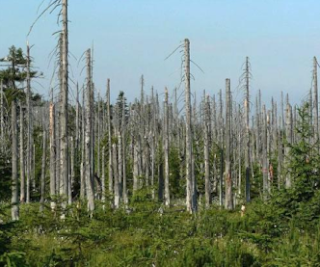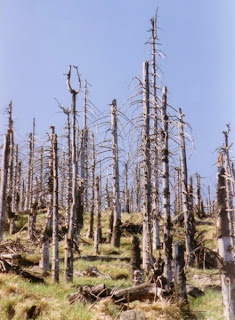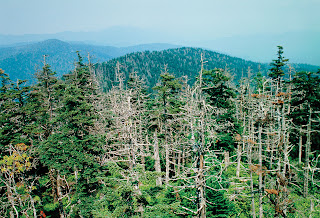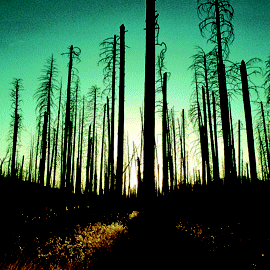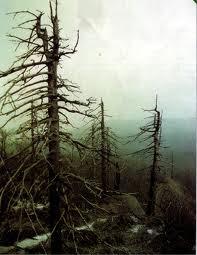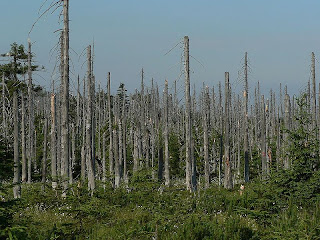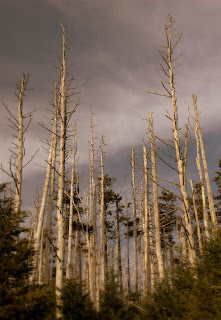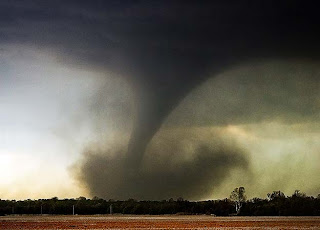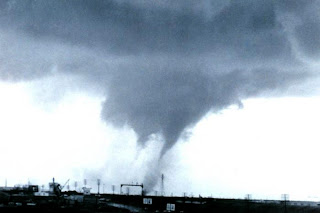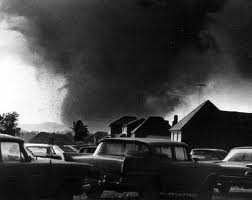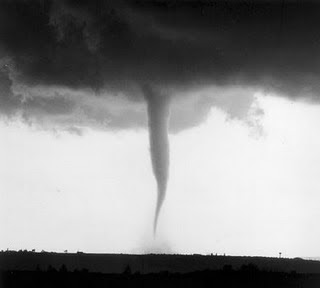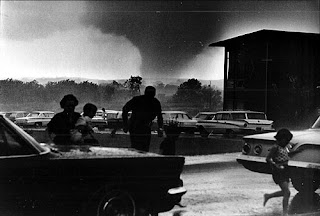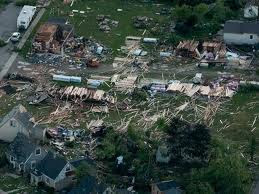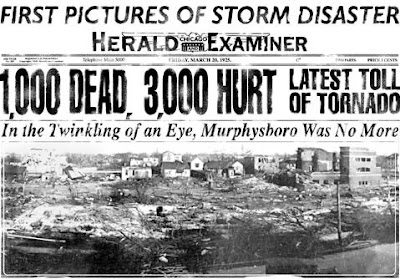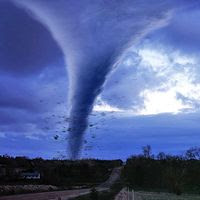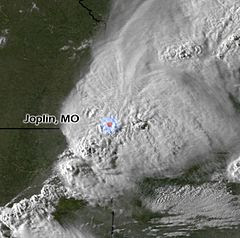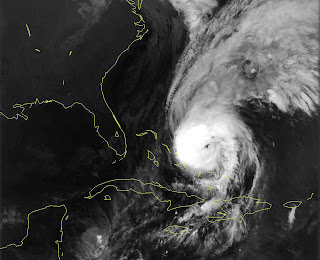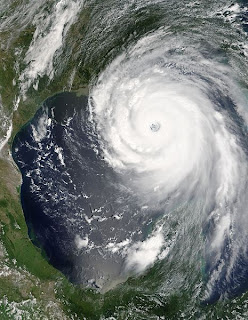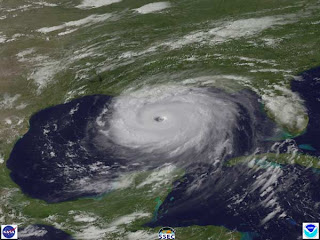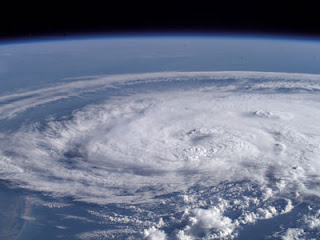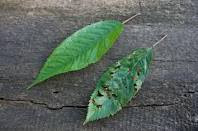
Acid rain is created by the combustion of any fossil fuels, which pumps harmful gases, such as nitrous oxide, sulphur dioxide and excessive amounts of carbon dioxide into our atmosphere. When condensation occurs, these gases condense along with water, creating toxic water droplets, and thus, acid rain. This is a picture of leaves taken to demonstrate the effect acid rain has on plants. Obviously, the one on the lower right is the leaf that has been affected by acid rain. One may think that once the acid rain hits the plant, it creates holes in it, such as shown above. However, the plant must absorb the acid rain from its roots, in order to be affected by the harmful chemicals. Therefore, the roots of trees are also harmed, creating a problem that needs to be addressed at the root. Haha! The solutions to prevent acid rain are simple; stop burning fossil fuels by replacing them with alternative energies, such as, wind, solar, geothermal, and hydrogen. Sadly, it is not so easy, as politicians and corporations are too enveloped in their money- making strategies, ignoring the effects that their blind or maybe just selfish decisions are making.
